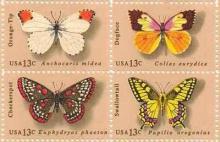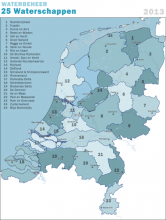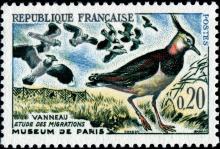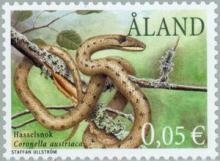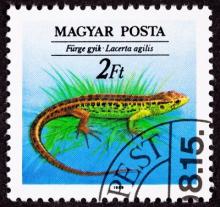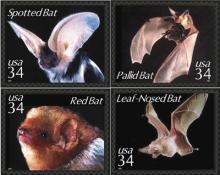Two butterfly species native to Florida were declared extinct
"Occasionally, these types of butterflies disappear for long periods of time but are rediscovered in another location," said Larry Williams, U.S. Fish and Wildlife state supervisor for ecological services. We think it’s apparent now these two species are extinct." Neither species has been seen in any environment for at least nine years, the latter of the two not being seen since 2000. This calamity is only made worse by the fact that so much could have been done in order to save these creatures. The first species, the Zestos skipper butterfly (Epargyreus zestos oberon), had strong bodies with large black eyes and large wings that were adorned with spots that looked like eyes. While the Zestos skipper was visibly declining in its environment, the subspecies was denied access to the U.S.’s Endangered Species Act (ESA) because of the confusion between it and other skipper species in the Bahamas. In the end, what was thought to be a bountiful reserve in the Bahamas proved to be a completely different species. By the time the mistake was realized it proved too late. The Rockland grass skipper butterfly (Hesperia meskei pinocayo), an amber golden insect with club like antenna and black eyes, was similarly thought to be making a comeback as the species that had not been seen since the 80’s was spotted back in 2000. But is now believed extinct.

